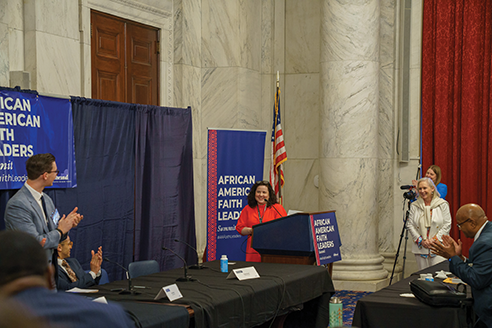Mythbusters
In light of increased inflation rates globally, here’s a list of three myths about our economy and inflation to explain these common misconceptions and shed light on the more factual origins of inflation.
March 28, 2023
Myth #1: We can just print more money
Despite the misconception that when a country is enduring a recession or heightened rates of inflation, it can just increase the money supply to solve the crisis and stabilize the economy, this can actually exacerbate the issue and lead to hyperinflation, The Guardian reported. Because the United States operates in a market economy, an economic system governed by supply and demand rather than government intervention, the U.S. dollar and other paper money only serve as a facilitator of exchange in a trade—not as an actual medium of value. Enlarging the money supply affects the terms of trade between money and goods, essentially devaluing the dollar and increasing price levels. Therefore, printing more money does not increase economic output but merely the amount of cash in circulation.
Myth #2: Oil problems are to blame for the recession and inflation
IBISWorld reported that the oil exportation industry was worth 4.3 trillion dollars in 2023. Oil is necessary for many different aspects of daily life, from transportation to heating; therefore, when oil supplies decrease, the price goes up. During the pandemic, traveling was difficult due to many restrictions, which meant less demand for oil. As the pandemic slowed in late 2021, oil demand reverted to normal levels, but the influence of the 2022 sanctions on Russia, the world’s largest natural gas supplier, led to a depletion in gas reserves. Thus, inflation cannot be attributed entirely to rising oil prices, which are usually caused by a global conflict or event.
Myth #3: Increasing worker wages cause inflation
High worker wages aren’t to blame for inflation, low unemployment rates are. Historically, inflation and unemployment have gone hand in hand; as inflation increased, employment increased. According to the Bureau of Labor, the current unemployment rate is only 3.4%, a drastic change from 2020’s 14.7%. When unemployment rates are low, there are less people for business owners to hire. According to the theory of wage-push inflation, this means business owners will need to incentivize their company in some way for job candidates – such as by raising their wages. When businesses raise salaries, they need to raise prices of goods to uphold the profit margin. In short, higher worker wages aren’t the cause of inflation, but rather an aftereffect of low unemployment rates.










